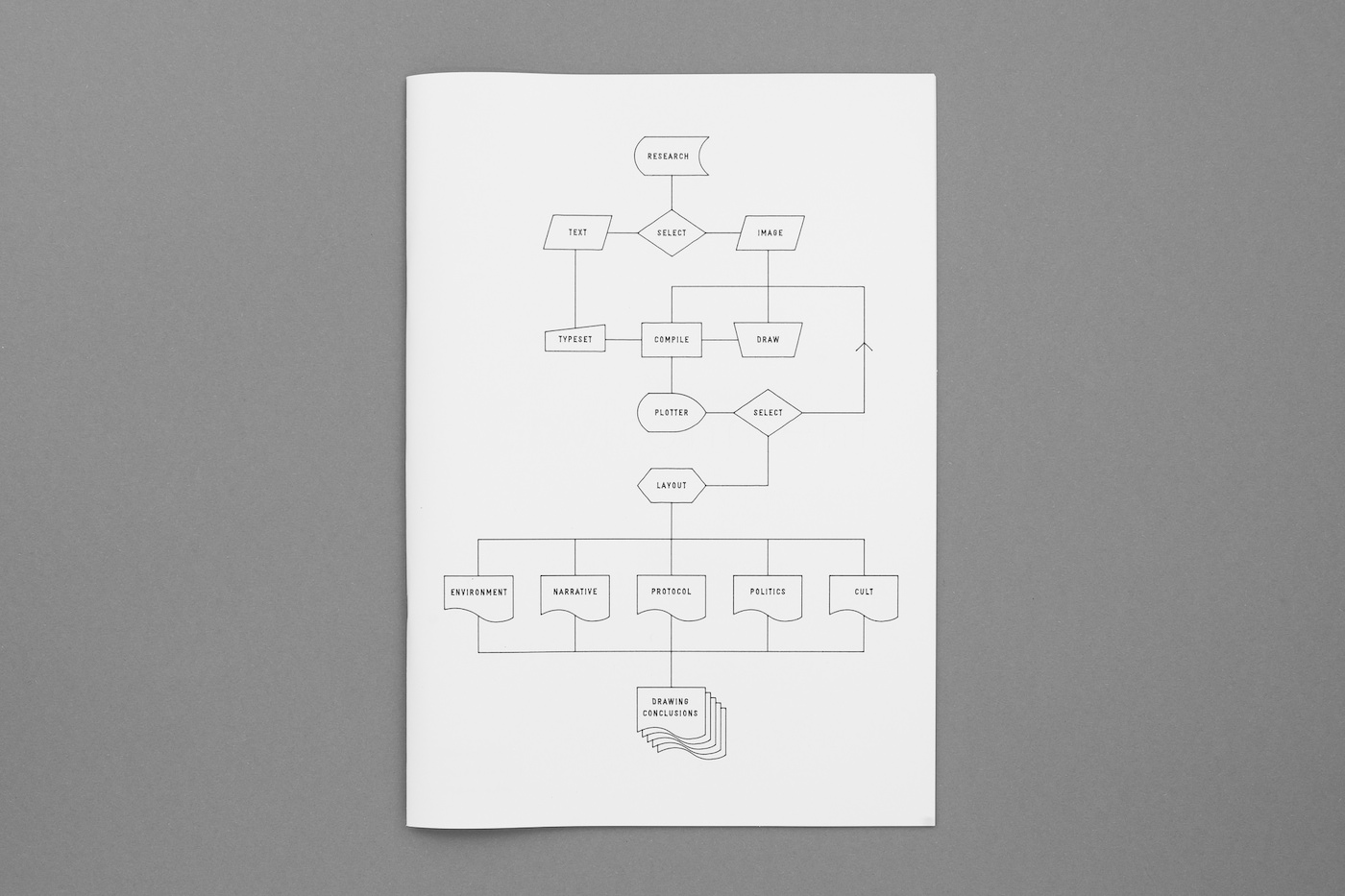
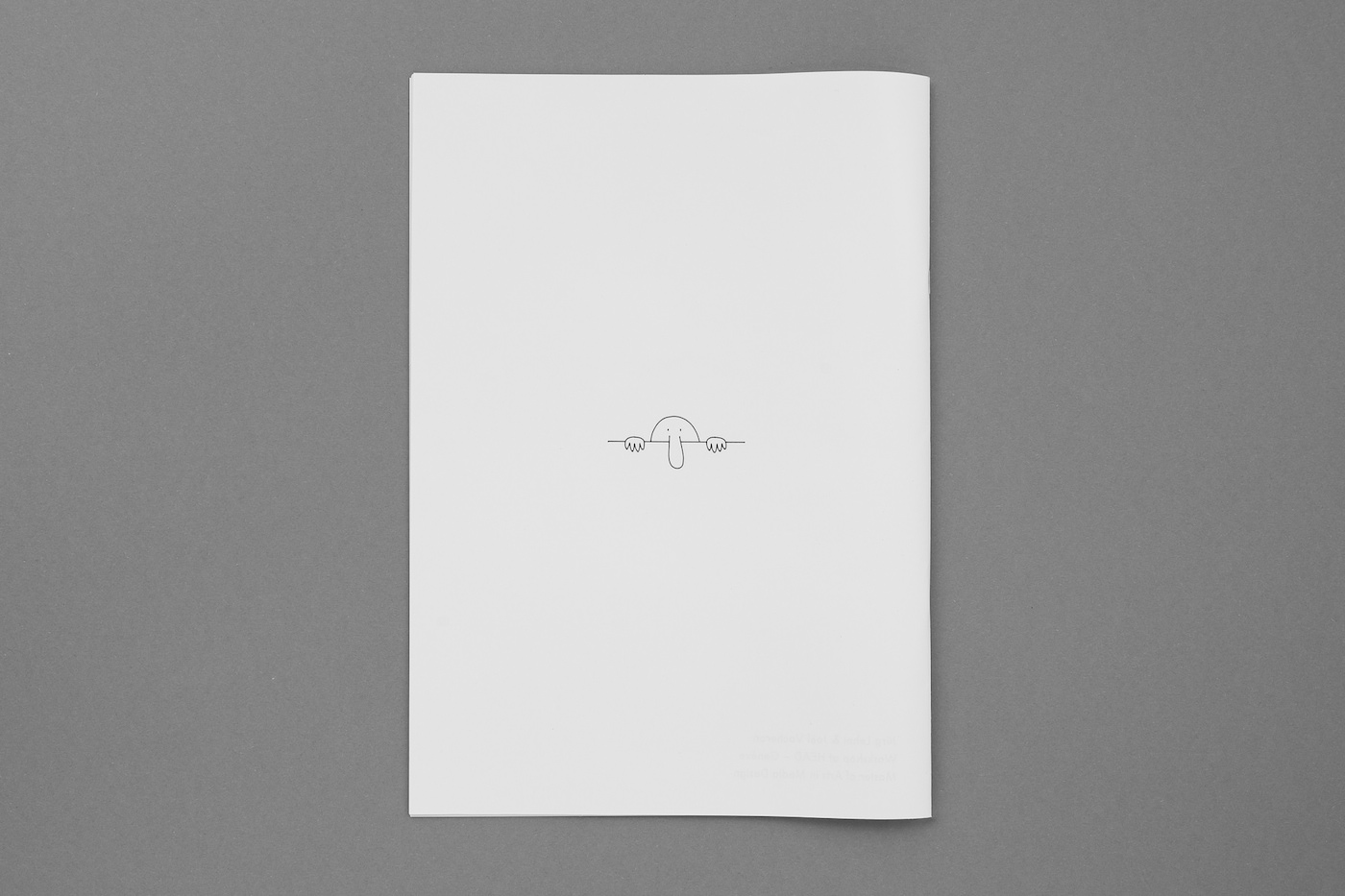
“Diagrams, maps and technical drawings were largely used to codify global envisions and to disseminate ‘images’ of the planet Earth as a whole. The ‘Drawing Conclusions’ workshop aimed to reflect upon and to trace back models that emerged in the 1950s when the mathematical theory of communication and cybernetics spread out. Students started to explore a wide range of references from the history and the theory of culture and technology. With the help of the Scriptographer software, they designed sequences of graphical representations, thus drawing conclusions on five given topics: Environment, Narrative, Protocol, Politic, Cult. The process ended up in the Drawing Conclusions books series. One contains short essays, while the other is made of pictures carefully drawn by a machine taking advantage of the inner structure of vector graphics.”
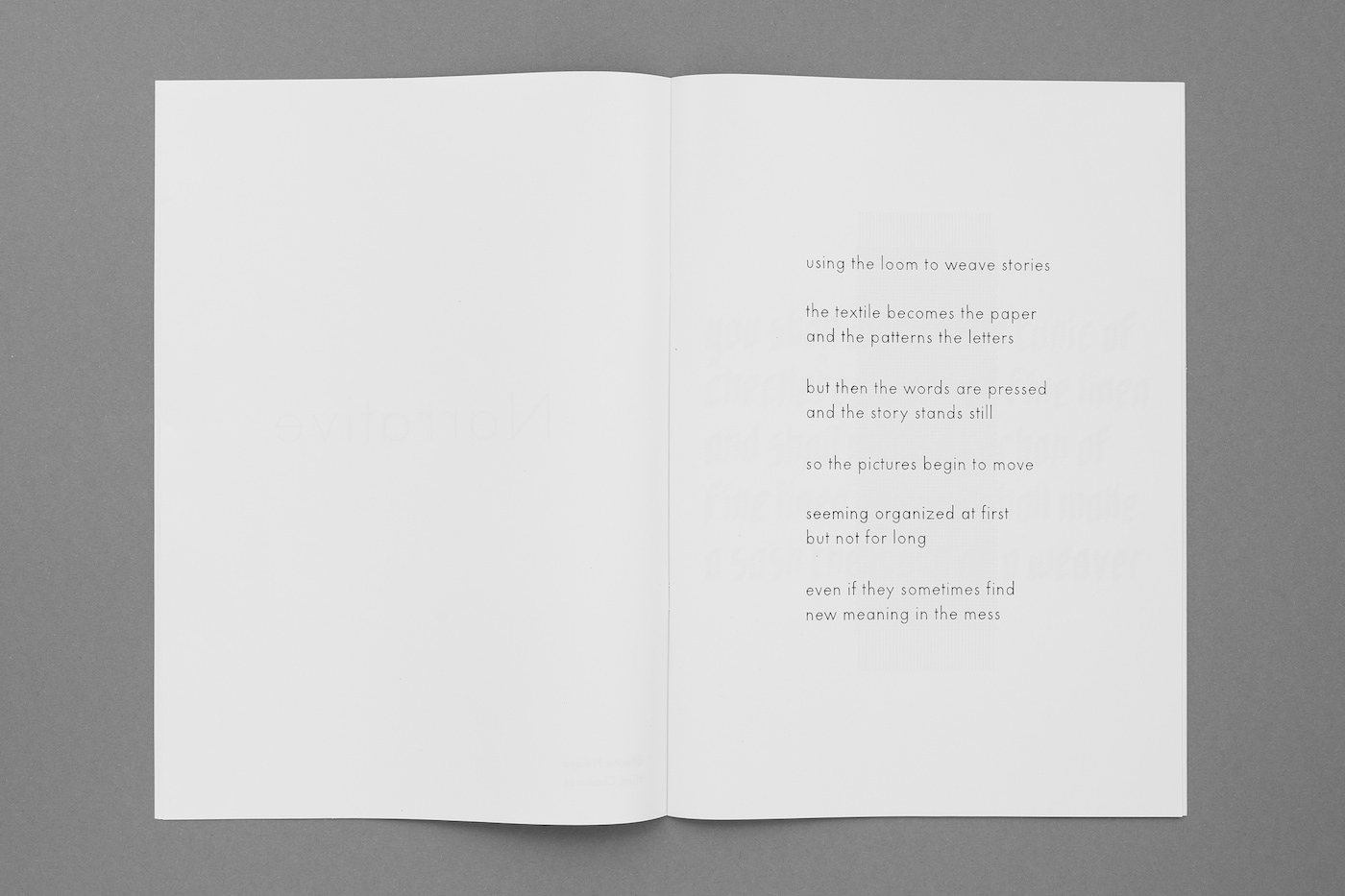
Our part was on the second chapter of the book, entitled Narrative. Through the pages, we retraced a history of the (narrative) line by exploring different ways of working with (traced) lines. We ended up turning the ZÜND S3 M-800 plotter into a loom, a quill, or even a plotter, until it started behaving as the the right tool for the lines it was drawing.
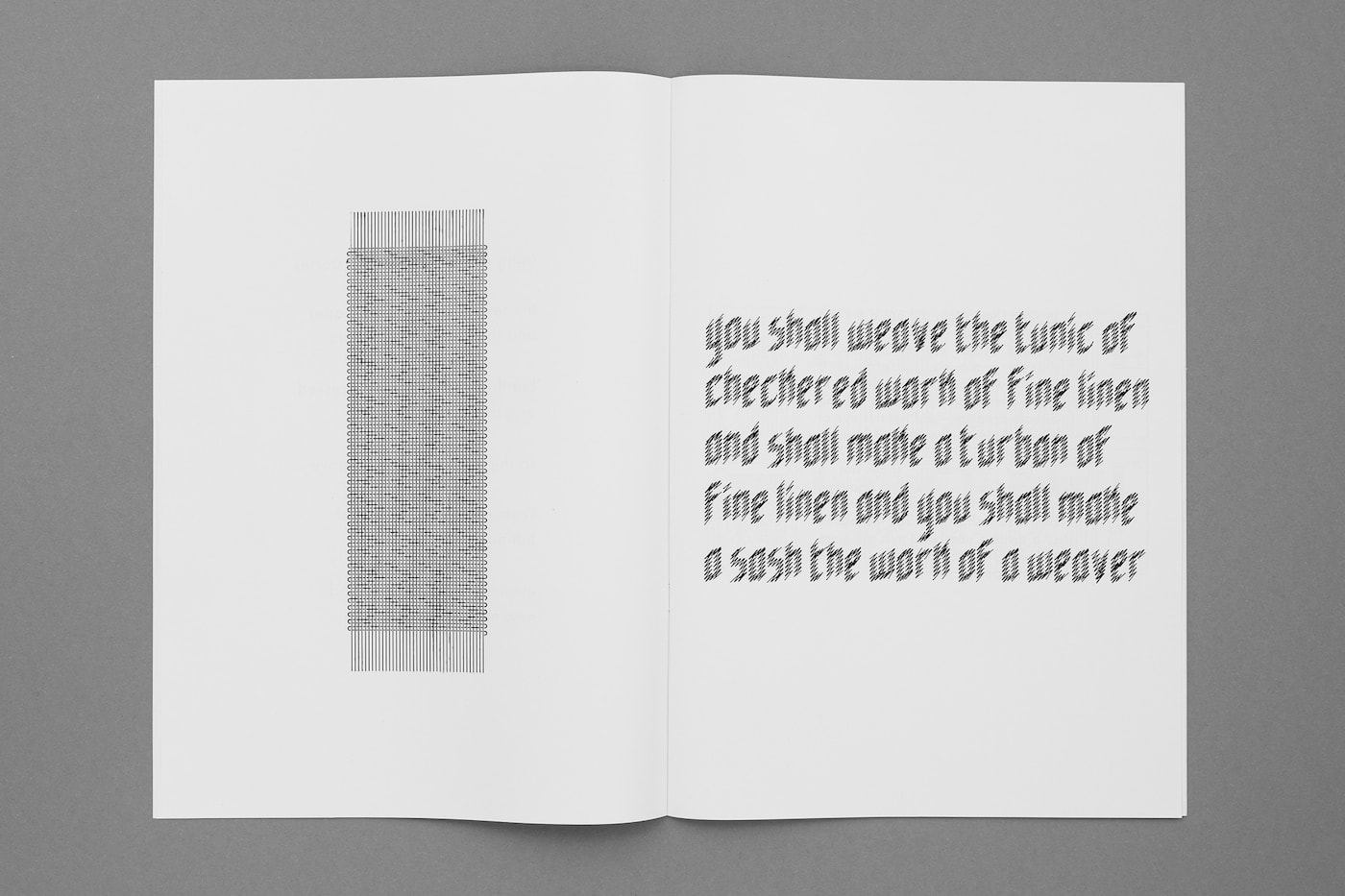
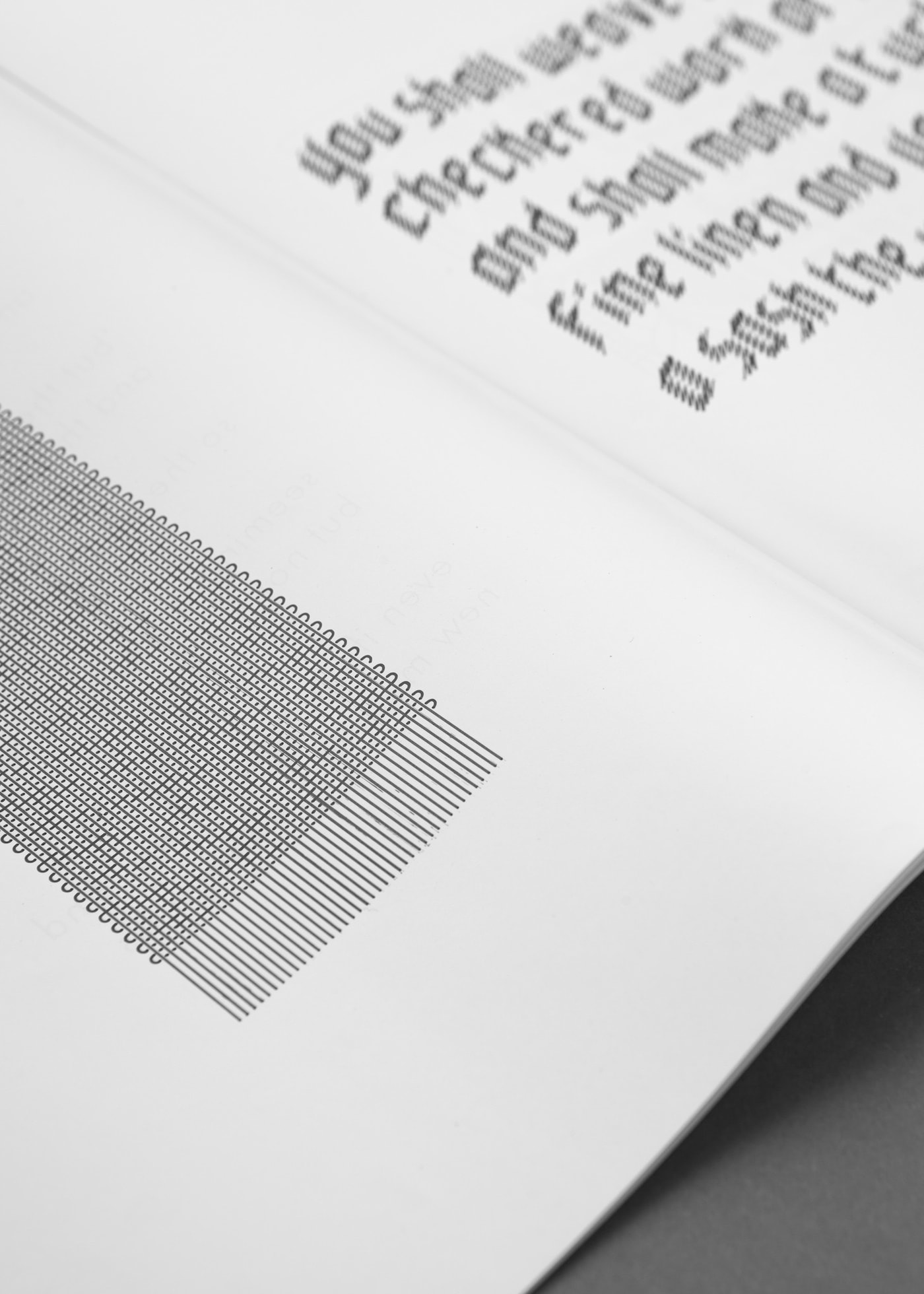
We used the first page of the loom as an opportunity to explore new tools and ways to draw. Using paper.js, a vector drawing frameworks for the web, i built an in-browser power loom that we could feed with little patterns to generate a javascript fabric. With the resulting file, the plotter would act as a weaver, first drawing the warp, before moving like a shuttle and weaving the weft across the loom.
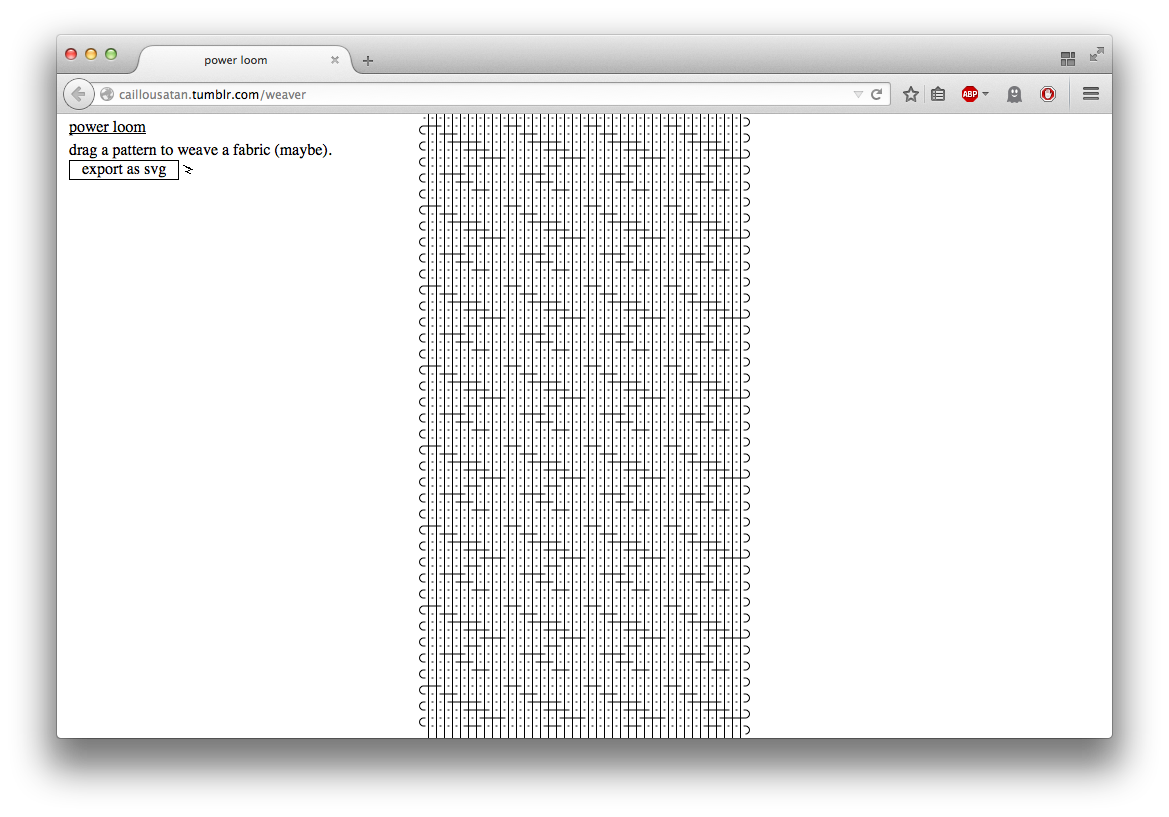

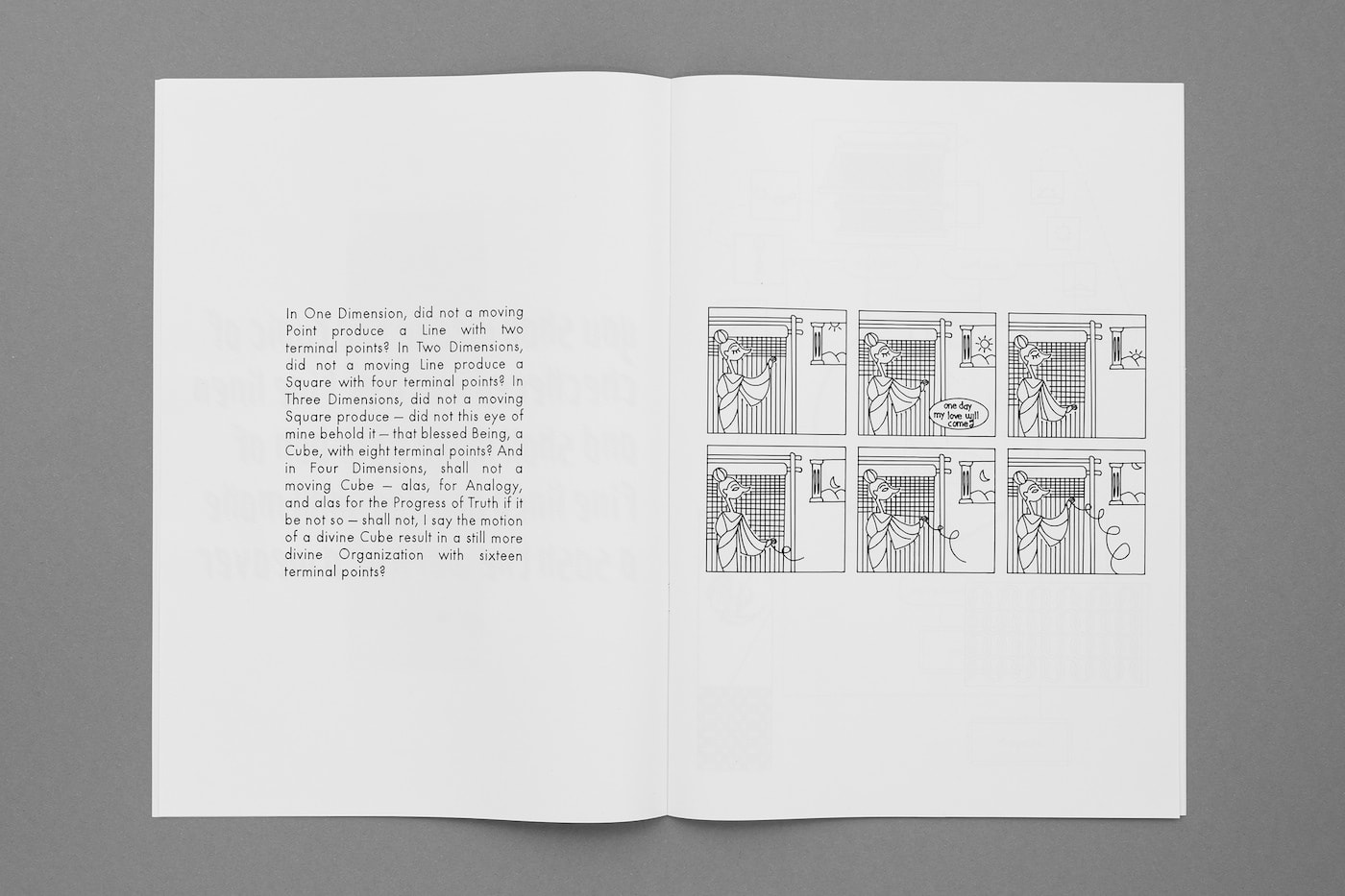

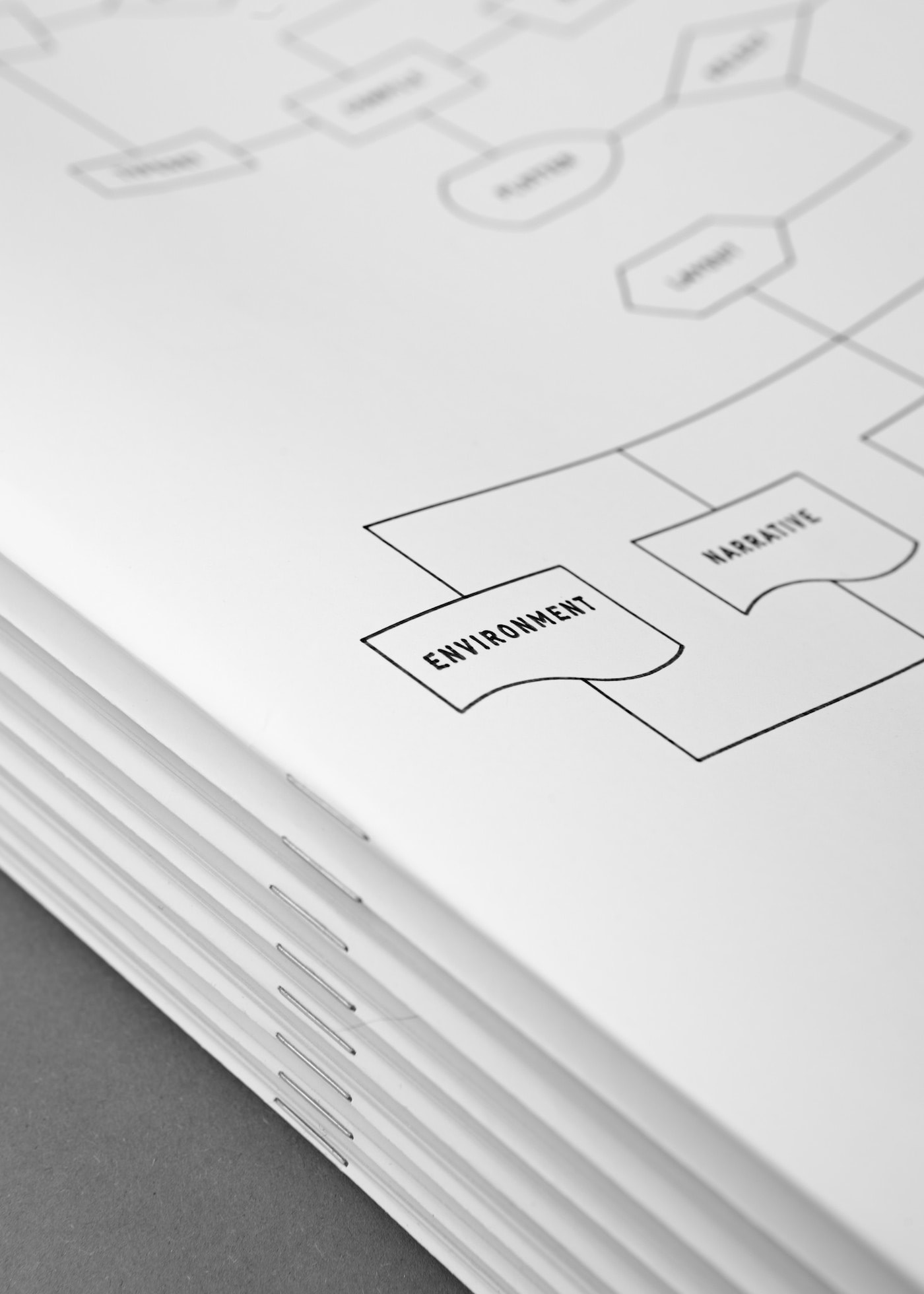
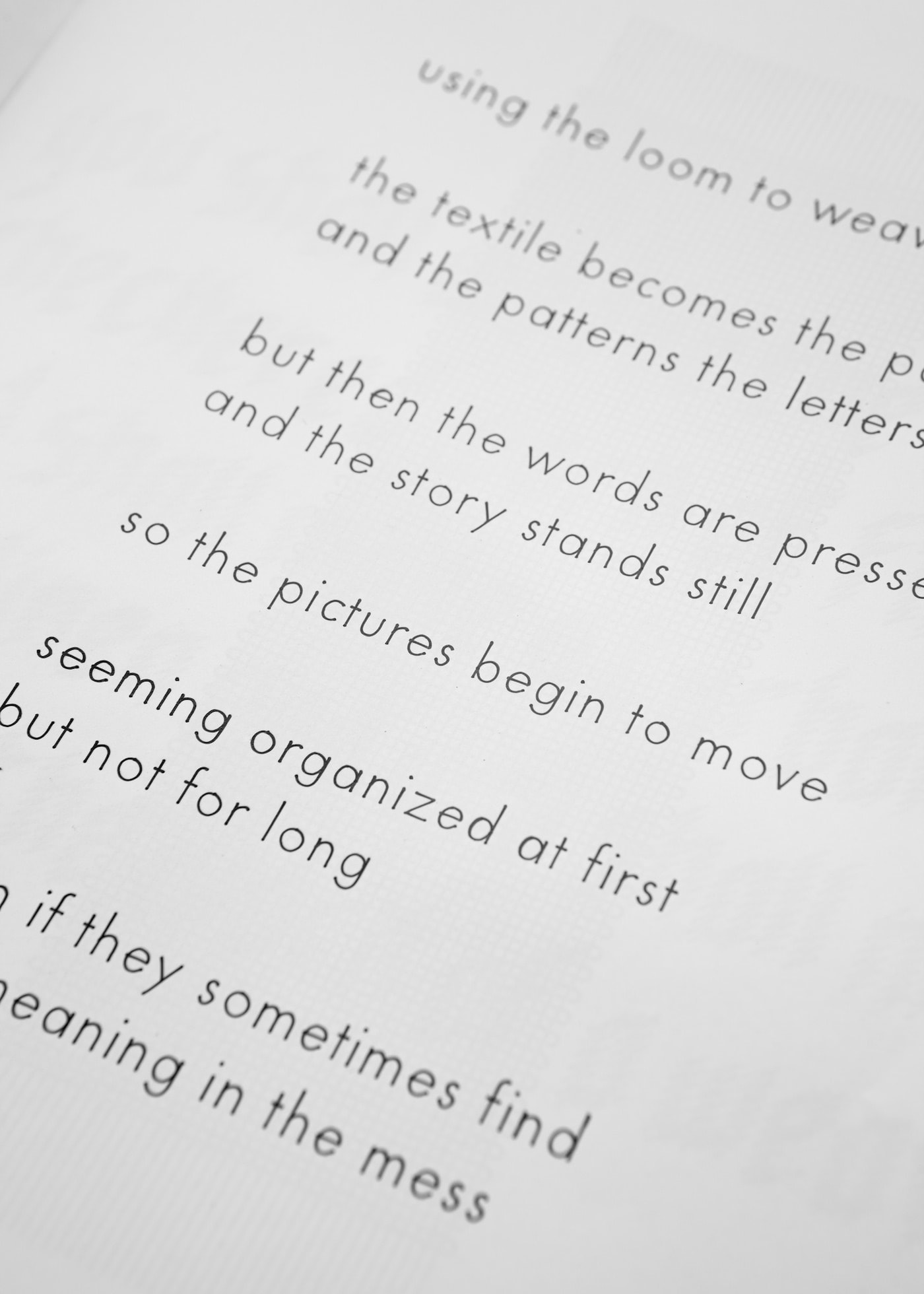

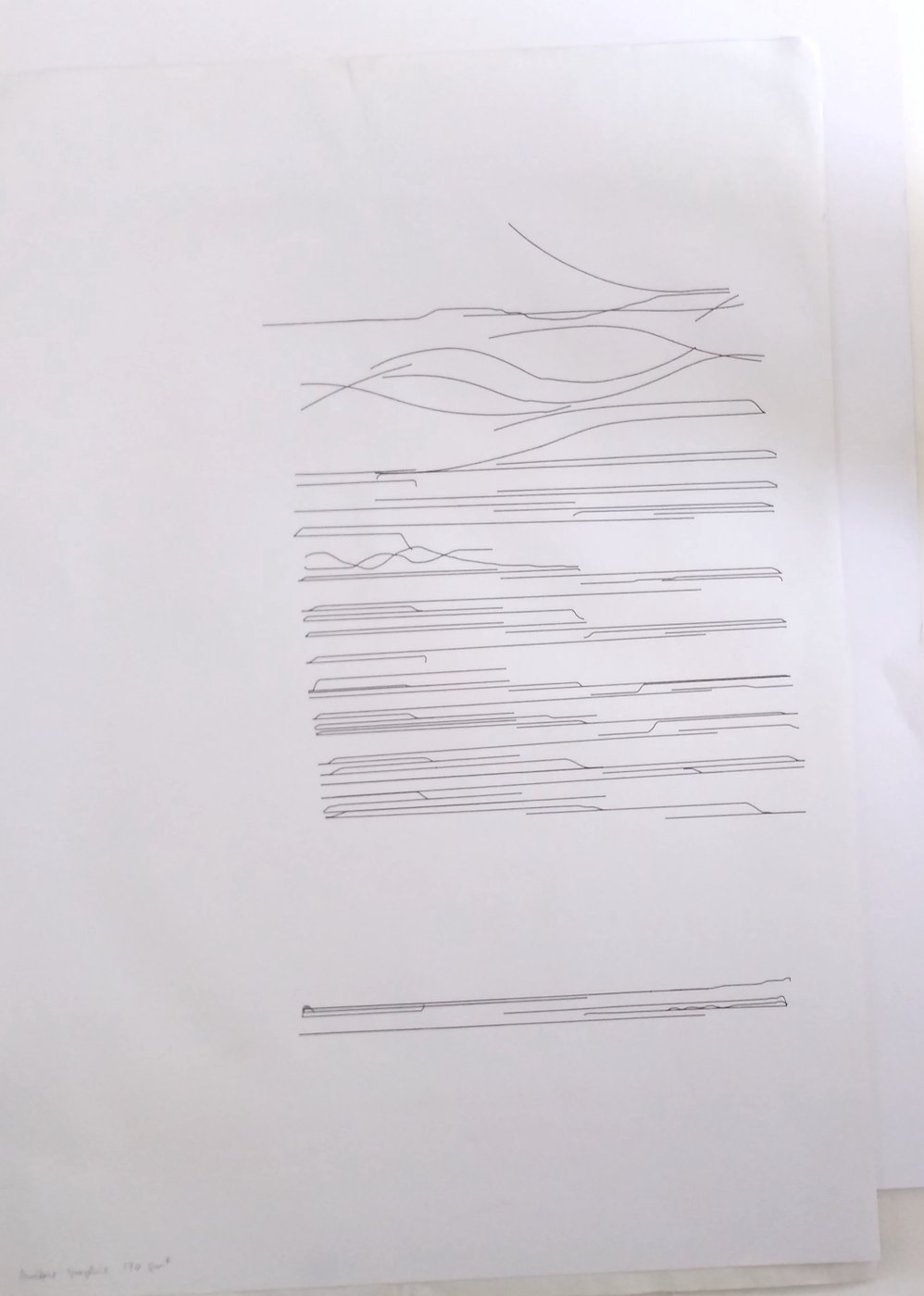
One of our early tests with three hands weaving (human + plotter). Despite interesting results and possibilities offered by this collaboration, we ended up giving full control to the machine for safety reason, thus turning our rustic human-machine loom into a fully automated power loom.
Teamwork done with: Hind Chammas, photos: Dylan Perrenoud.